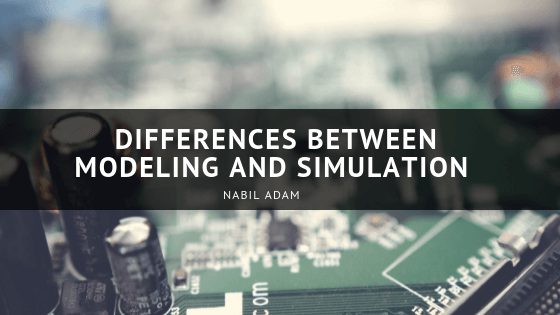Modeling and Simulation is used in many different areas, but more specifically in engineering, sciences, and product development. WhatIs.com defines Modeling and Simulation as “the use of a physical or logical representation of a given system to generate data and help determine decisions or make predictions about the system.” Modeling and Simulation are two very closely related computer programs that assist in research. Due to the fact that they are so similar, it is important to understand the differences between the two and what each one does within the development of research.
Modeling vs Simulation
Modeling is the creation of a system that serves as a model of an original system in order to figure out solutions and describe a system and its equations. This can represent an object that is almost exact to the original or it can veer slightly from the original.
On the other hand, simulation is as it states, where you simulate or mimic the behavior of a system to analyze different outcomes. Simulations are necessary in order to figure out how to change a system before putting a large quantity of time and money into it.
Modeling and simulation are very similar in many ways but have a distinct quality that makes them different. Although they are both systems that work to save time and money for scientists, engineers, and anyone else in the field of training, analyzing, etc, modeling can be described as a static process and simulation is described as dynamic. Due to the fact that the variables will change in a simulation, it sets itself apart from modeling in that way.
The similarities between modeling and simulation are as we discussed, that they both save time and money by being able to figure out solutions and outcomes. Each of these systems will represent real-world situations or systems or even imaginary or made up systems. Either way, anyone using these procedures will benefit from actual results.
Modeling and simulation procedures are used in everyday analysis. Meteorologists are able to predict weather and different storm patterns by creating a weather model and using simulation data from what we’ve experienced in the past. Models are created in order to figure out how social norms develop from social changes in different “real-world” environments. Simulation procedures are heavily used to see how changes will affect different designs such as airplanes, etc. Modeling and simulation go hand in hand within the world of science and technology, helping our engineers create better systems each day.

